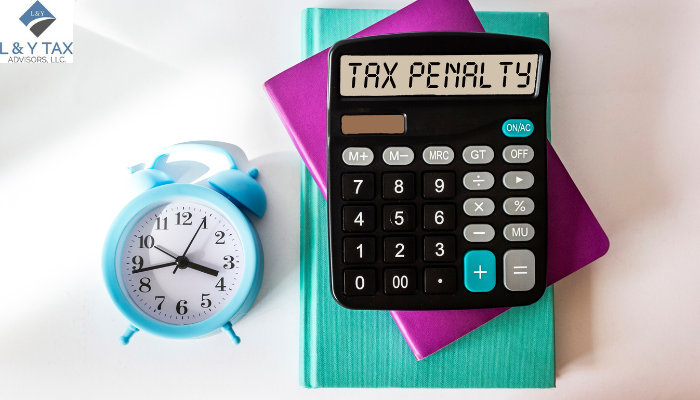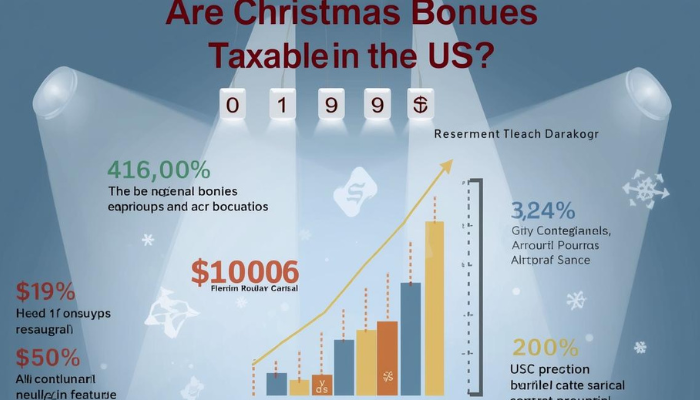
How Do You Calculate Failure to Pay Penalty?
The Internal Revenue Service (IRS) levies a failure to pay penalties on taxpayers who do not pay their taxes by the deadline. Therefore, it is crucial to comprehend how do you calculate failure to pay penalty to prevent future hefty fines.
L&Y Tax Advisor explains how do you calculate failure to pay penalty, its complexities, and how the IRS determines it.
What Is the Failure to Pay a Penalty?
Overdue taxes are subject to a failure to pay a penalty, a percentage-based fee. The penalty cannot exceed 25% of the total overdue taxes. It is computed monthly on the amount of unpaid taxes. The purpose of this penalty is to encourage taxpayers to pay their bills on time.
See: What is VAT ID?
How Do You Calculate Failure to Pay Penalty?
The IRS uses two main scenarios to determine the penalty:
Failure to Pay the Tax Reported on Your Return
- For each month or portion of a month in which the tax is unpaid, a penalty equal to 0.5% of the outstanding taxes is assessed.
- Upon approval of a payment plan, the monthly penalty drops to 0.25%.
- The penalty rises to 1% each month if the tax is not paid within ten days of the IRS sending a notice of intent to collect.
Get the best QuickBooks & bookkeeping services now!
Failure to Pay Tax Not Reported on Your Return
- The IRS sends a notification detailing the amount owed when it discovers unpaid taxes that were not included on your return.
- Until the obligation is settled, there will be a 0.5% monthly penalty for late payments.
- Like reported taxes, this rate increases to 1% per month after 10 days of a levy notice, but it drops to 0.25% per month if you are on an authorized payment plan.
Use our failure to pay penalty calculator.
Interest on Penalties
In addition to the penalty, the IRS levies interest on the unpaid penalty amount. This interest continues until the entire amount is paid, raising the total amount owing even more.
See: What is industry accounting?
Reducing or Avoiding the Penalty
To reduce or prevent penalties:
- Pay the entire amount due by the due date and file your taxes.
- If you are unable to make the entire amount, you can request an extension of time to submit or establish a payment plan.
- If you can demonstrate a valid basis for non-compliance, the IRS may lower penalties.
Get the best tax return preparation services now!
The Bottom Line
Knowing the IRS’s regulations, percentages, and regulations is necessary to learn how do you calculate failure to pay penalty. You can lessen your financial burden by quickly resolving unpaid taxes. You can also request payment arrangements or contest penalties when necessary. The secret to avoiding needless fines and guaranteeing compliance is proactive tax management.
You can use our failure to file penalty calculator for free!


